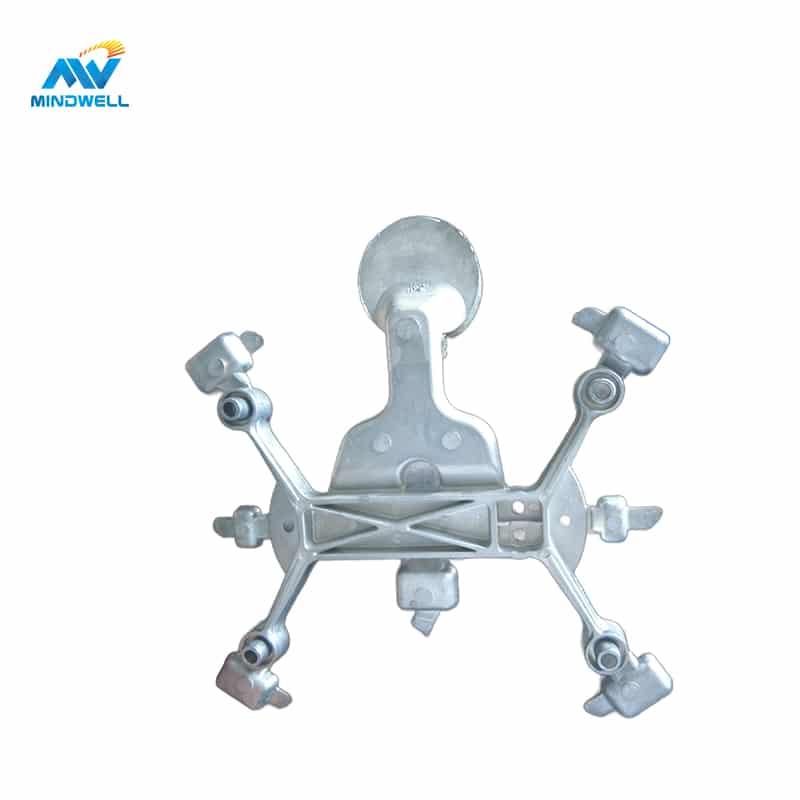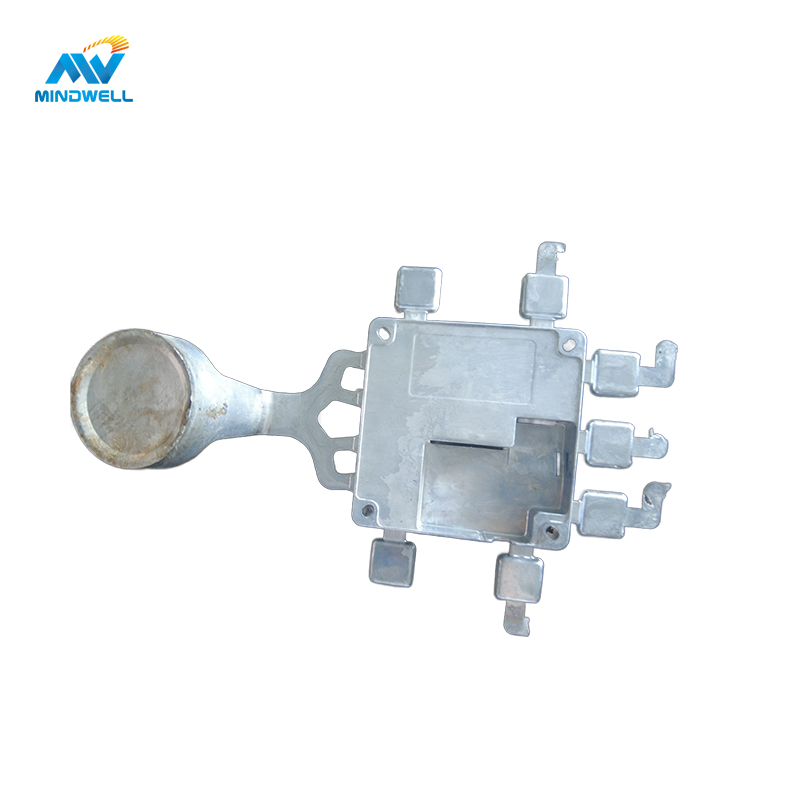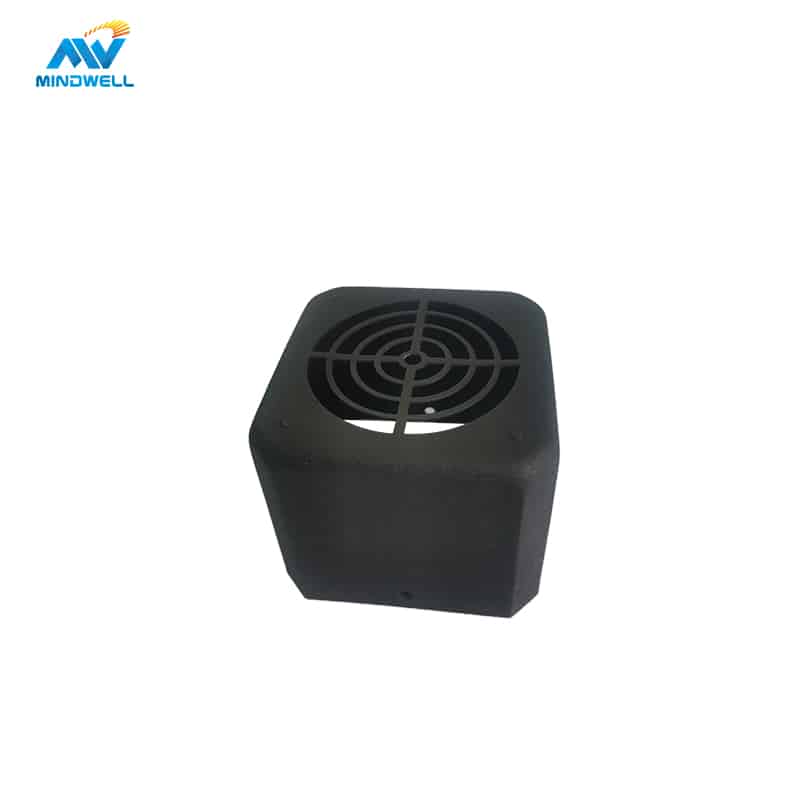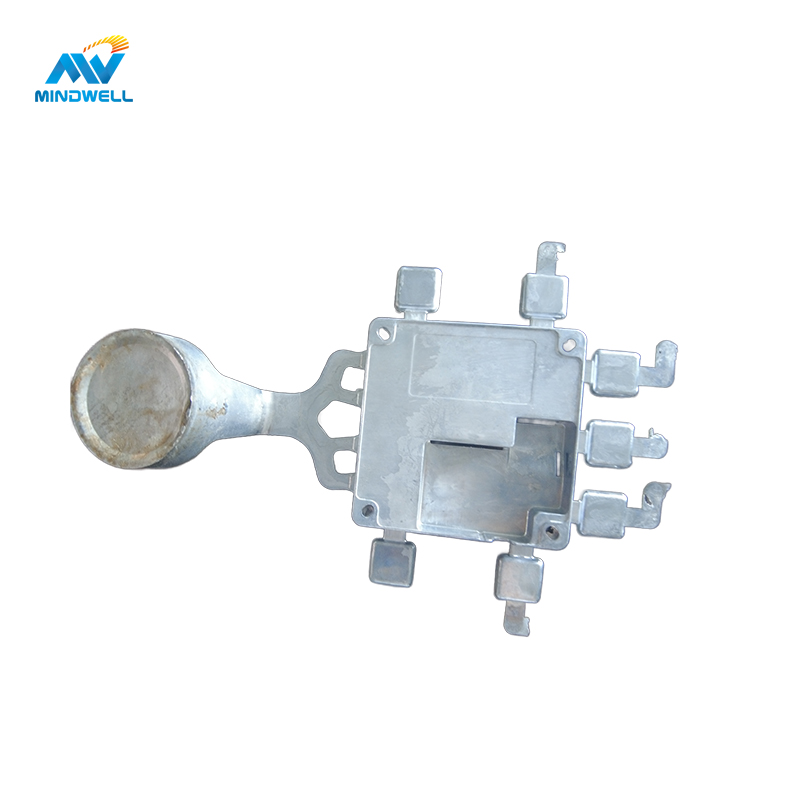Plastic injection molding is a highly flexible manufacturing technology that allows us to produce a wide variety of plastic products, from everyday items to industrial components. The versatility of this technology allows us to choose the appropriate type of injection molding for different needs. In this article, we will explore four common types of plastic injection molding, along with their characteristics and areas of application.
1.Injection Molding
Standard injection molding is among the most common types of plastic injection molding. This basic technique produces parts using a single color and material. It is commonly used to make everything from beverage containers and hats to car parts and toys. The advantages of standard molding include high production efficiency and relatively low cost. This makes it an ideal choice for mass production.
advantage:
- Short molding cycle, high production efficiency and easy automation
- Ability to produce plastic parts with complex shapes, precise dimensions, and metal or non-metal inserts
- Stable product quality
- Wide range of adaptation
アプリケーション
Among industrial products, injection molded products include: kitchen supplies (trash cans, bowls, buckets, pots, tableware and various containers), casings of electrical equipment (hair dryers, vacuum cleaners, food mixers, etc.), toys and games, cars Various industrial products and parts for many other products.
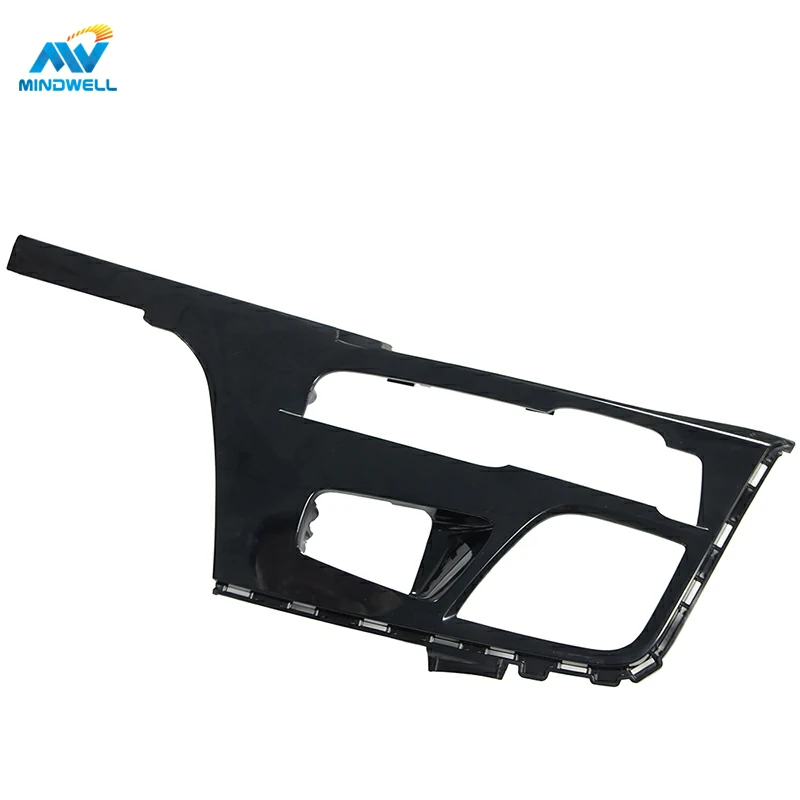
2.Two-step molding
Overmolding is a complex injection molding process used to produce items requiring two different types of plastic. A typical example is the manufacture of tools with soft outer handles. The process is a two-step process: first, the base part is made, and then each part is moved individually to another mold, where it is molded using a different thermoplastic. The bond between these two materials can be either mechanical or chemical. Overmolding allows us to combine different physical properties in a single part, enhancing the functionality and utility of the product.
Process flow
The process of overmolding usually includes the following steps:
- a. Preparing the base portion: First, prepare the base portion of the part using standard injection molding processes. This base section is usually made of a specific type and color of plastic.
- b. Move to the second mold: Remove the base sections from the injection molding machine and move them individually to the second mold. This mold can come in different designs, shapes or colors.
- c. Second injection molding: A second injection molding is performed using a different type or color of thermoplastic in the second mold. This plastic is bonded to the base section, usually in a mold.
- d. Cooling and solidification: After the second injection molding is completed, you need to wait for a while for the plastic to cool and solidify. This ensures a strong bond between the two sections.
- e. Removal and Inspection: Finally, the completed parts are removed from the mold and quality inspected. Inspections include ensuring there are no gaps or defects between the two parts and that the size and shape of the part are within specifications.
Application areas
Overmolding is widely used in a variety of industries and product areas, including but not limited to:
- Tool and Instrument Handles: Improve grip comfort and safety by adding a soft or non-slip outer layer to the handles of your tools or instruments.
- Electronic Device Enclosures: Adding decorative parts of different colors or materials to the enclosures of electronic products.
- Automotive Interior Parts: Adding decorative or functional parts to car interior parts, such as buttons, grips, and dashboard accents.
- Medical Devices: Special materials are added to medical devices to achieve antimicrobial properties or to comply with specific medical standards.
- Home Products: Add decorative or non-slip features to home products to increase the product’s usefulness and appeal.
Advantages
Injection overmolding offers the following advantages:
- Multi-material combinations: Different plastic materials can be combined in a single part to achieve desired performance and appearance.
- Customization: Allows products to be tailored to specific needs, increasing design flexibility.
- Cost Savings: Overmolding is often more cost-effective than producing two parts made entirely from different materials and then assembling them.
- Reduced waste: Reduced waste production helps reduce the environmental burden.
In summary, injection molding is a highly customized manufacturing method that can combine different materials and properties in a single part to meet various product needs. This process is widely used in many industries and offers more possibilities for product performance and appearance.
3.Insert molding
Insert molding is a variation of injection molding that uses a prefabricated part as the base instead of using a single type of plastic. This base can be made from plastic or other alternative materials. A common example is knobs and dials with metal or plastic casings. In insert molding, the base material is inserted into a mold and then the plastic is injected onto the mold. Typically, this process uses a thermoplastic resin as the overmolding material. Insert molding allows us to create a strong bond between the exterior material and the base while maintaining appearance and performance.
Process flow
The insert molding process typically includes the following steps:
- a. Substrate preparation: First, prepare the base part of the injection molded part. This base part is usually made of a specific type and color of plastic.
- b. Insert Selection: Choose the insert material to be embedded or integrated into the part. This can be metal, other plastics, or special materials, depending on the needs of the project.
- c. Insert installation: Place the insert in the predetermined position of the base part in the mold of the injection molding machine. This ensures the insert is correctly positioned during the injection molding process.
- d. Injection molding process: An injection molding machine is used to inject the plastic into the mold while combining the plastic with the insert. This usually requires a certain amount of injection pressure and temperature to ensure the materials are evenly blended.
- e. Cooling and solidification: Once the injection molding is completed, you need to wait for a while for the plastic to cool and solidify. This helps ensure a strong bond between the insert and the base section.
- f. Removal and Inspection: Finally, the completed parts are removed from the mold and quality checked. Inspections include ensuring there are no gaps or defects between the insert and the base part, and that the size and shape of the part are within specifications.
Application areas
Injection molding insert molding is widely used in a variety of industries and product areas, including but not limited to:
- Electronic Devices: Embedding metal conductive components into plastic electronic enclosures to provide connectivity or heat dissipation.
- Automotive Industry: Embedding metal support structures in automotive parts to increase strength and durability.
- Medical Devices: Embedding plastic components in medical devices to achieve antimicrobial properties or meet medical standards.
- Tools and Instruments: Embedding metal structures into the plastic handles of tools or instruments to increase weight-bearing capacity.
- Household products: Special materials such as rubber mats are embedded in household products to increase anti-slip properties.
Advantages
Injection molding offers the following advantages:
- Functional enhancement: Allows the functional properties of different materials to be combined together, improving the performance and functionality of the part.
- Structural Strengthening: Can increase the strength and durability of a part, especially if supports or connections are required.
- Material Savings: By embedding materials within the part, material usage can be reduced, helping to reduce manufacturing costs.
- Design flexibility: Provides more design options, allowing designers to create products with complex structures and performance.
In summary, injection molded insert molding is an important manufacturing technology that allows the integration of different materials into plastic parts to achieve higher levels of performance, functionality, and structure. This process is widely used in a variety of application areas, providing important opportunities for product innovation and optimization.
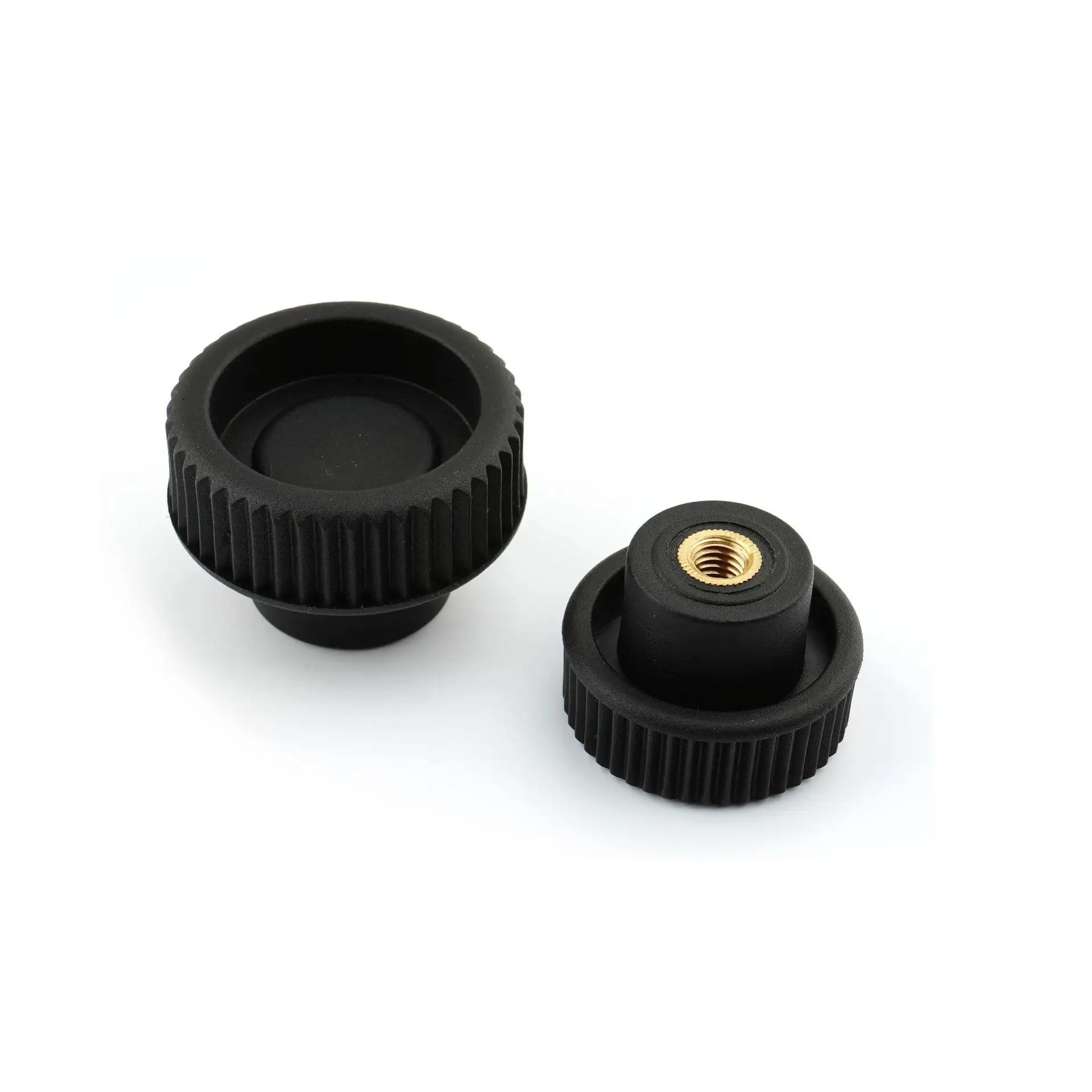
4.Two-shot injection molding
Two-shot injection molding, also known as two-shot injection molding, is a two-step injection molding technology done in the same molding machine. It allows parts or products to be created using multiple colors and plastic types simultaneously without the need for a multi-stage assembly process. For example, you might want to create a power tool housing with a handle in your brand’s color. In two-shot injection molding, the substrate is first injected through the main pressure barrel, then the mold steel is replaced, and the second injection unit molds the second shot. The bonding between materials can be either chemical or mechanical. This technology excels at creating complex designs in multiple materials and colors.
Process flow
The double injection molding process usually includes the following steps:
- a. First injection molding: First, the first injection molding is performed in the first mold of the injection molding machine. At this stage, a plastic material (the master material) is usually used to create the base or body of the part. This step is often referred to as undermolding.
- b. Mold opening: The mold opens, allowing the completed bottom injection molding part to be taken out.
- c. Second injection molding: The bottom injection molding part is moved to the second mold, where the second injection molding is performed. At this stage, different colors or types of plastic materials (sub-materials) are used for injection molding, usually in specific areas of the bottom injection molded part. This step is usually called face injection molding.
- d. Cooling and solidification: After the injection molding is completed, you need to wait for a period of time for the plastic to cool and solidify. This helps ensure that the bond between the two materials is strong.
- e. Removal and Inspection: Finally, the completed double-injection molded parts are removed from the mold and inspected for quality. Inspections include making sure there are no gaps or defects between the two materials and that the size and shape of the part are within specification.
Application areas
Double injection molding is widely used in a variety of industries and product areas, including but not limited to:
- Consumer Electronics: Used to create multi-color housings, keys, and decorative parts.
- Automotive industry: Used in automotive interiors, instrument panels, steering wheels and other components to increase visual appeal and quality.
- Medical equipment: Used in medical equipment housings, handles and control panels to differentiate between different functional areas.
- Home Furnishings: Used in the manufacture of multi-color or multi-material home products such as toys, furniture and lamps.
- Electronic communications equipment: Used to create mobile phone cases, keypads and buttons with multi-color or multi-material features.
Advantages
Double injection molding provides the following advantages:
- Multi-Color Multi-Material Combinations: Allows the combination of different colors and types of plastics on the same part for visual or functional variety.
- Integration: No need for multi-stage assembly, reducing manual operations and procedures in the production process, and improving manufacturing efficiency.
- Product Personalization: Provides more design freedom, allowing for the manufacture of personalized or customized products.
- Cost Savings: Relative to multi-stage assembly, double-shot molding is often more cost-effective, reducing scrap and labor costs.
In short, double injection molding is an advanced injection molding process suitable for the manufacture of complex parts or products that require multiple colors or multiple material combinations. It is widely used in multiple industries, providing more possibilities for the appearance and performance of products while improving production efficiency. This process is a powerful tool for manufacturers and designers who wish to create products with unique designs and characteristics.
To summarize
plastic injection molding is a versatile manufacturing technology that allows for different types of molding methods to be chosen based on different project requirements. Each type has its own unique advantages and can meet the needs of various application fields, from standard products to complex multi-material designs. Selecting the appropriate injection molding type will help achieve the desired product performance and appearance. Whether you are a manufacturer or product designer, understanding these different types of injection molding will help optimize your manufacturing processes and product innovation.


